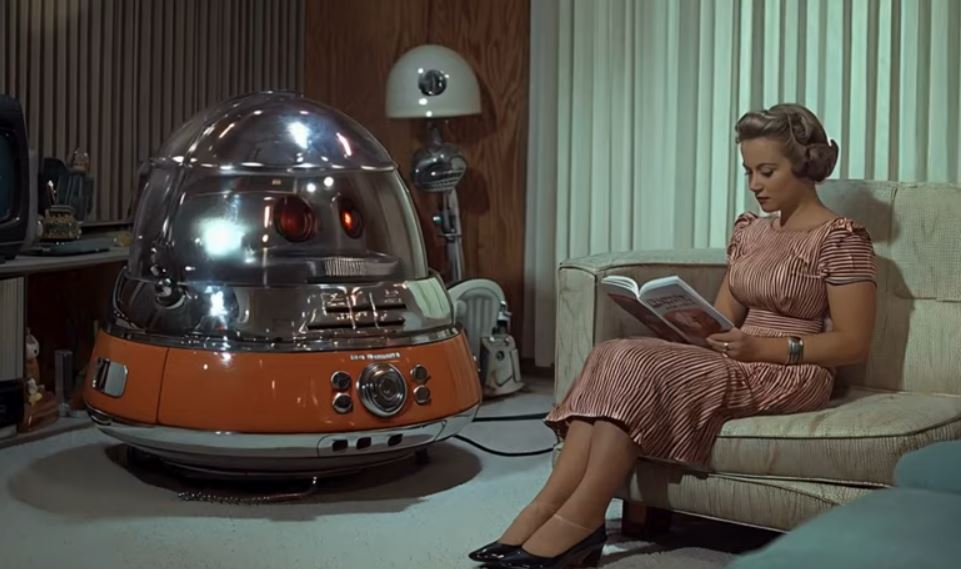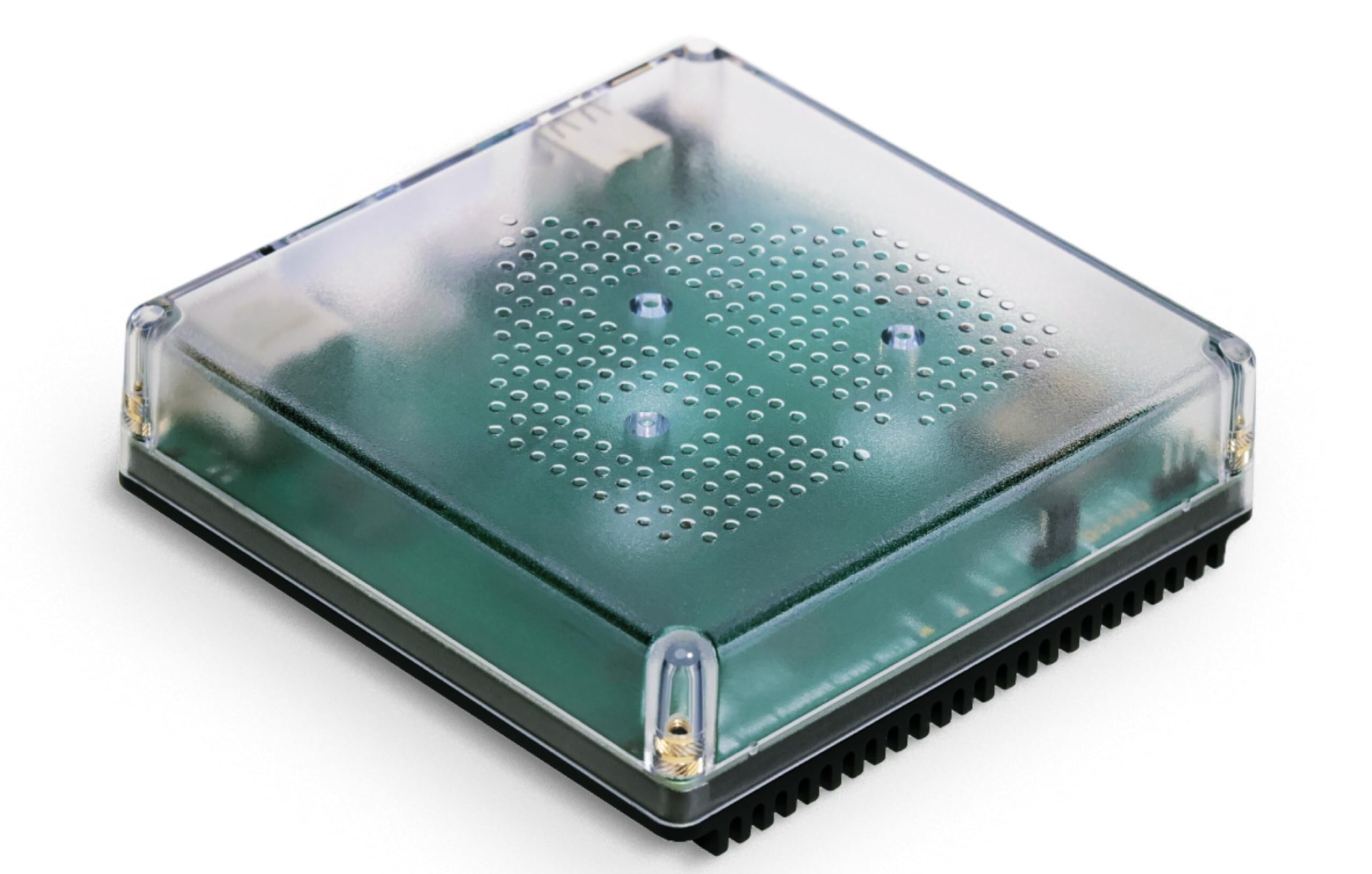
- Integer at sem aliquet, vehicula sem sed, egestas est.
- Curabitur et libero congue, pulvinar sapien feugiat, elementum nisl.
- Sed tincidunt orci non nulla convallis, vel gravida mi ullamcorper.
- Vestibulum sit amet mi commodo, eleifend dui at, facilisis urna.
Whenever you hear about the home of the future, they never explain how we get there. Stepping up a level in home automation, the instructions look like that list. Well, it’s not as bad as that, it’s mostly just the nouns and verbs that don’t make sense.
In the Solarium soffit project, IKEA motorized blinds were added to six windows. The Dirigera hub from IKEA raises and lowers the blinds at scheduled times to block the morning or afternoon sun. That isn’t sophisticated enough to handle the changes in the season or the weather.
All I want is for the blinds to descend when the outside temperature is above 80o, it’s sunny and the elevation of the sun is between 25o and 60o.
That is beyond what the IKEA hub can handle.
Home Assistant is open-source home automation software that doesn’t upload anything to some company’s servers. Google offers Nest devices to implement a smart house. When Google no longer supports a Nest device, the device becomes obsolete. Google stopped supporting Nest Guard locks, and they lost their functionality
Amazon also has a line of Smart home products. Amazon Shuts Down Smart Home for a Week Over Racist Slur Claim
Privacy and independence are important to me, so Home Assistant is the recommended approach. I don’t mind learning, but the curve is steep.
Home Assistant is Linux software that is always running. I don’t know Linux and don’t want my smart home relying on my desktop computers. The easy way is to buy a Home Assistant Green.

The Home Assistant Green contains a Raspberry Pi computer. It’s not computerized, like your car. It’s an actual computer that can run Microsoft Windows, and has USB, HDMI and ethernet ports. For $130, Home Assistant Green is a computer with all of the software installed.
In the Youtube setup videos, the guy plugs the Home Assistant Green into the network, and Home Assistant automatically detects all of the Smart devices. Even in the “Home Assistant for Beginners”, the guy has like fifty smart devices. What the hell?
Going in, I knew that Home Assistant didn’t automatically work with the IKEA hub. To set up the IKEA hub, it took like six steps.
When I was ready to set up the IKEA hub, I found that it only took six steps, but there were five different six-step procedures. It was like driving from my house, to Home Depot. There is a Home Depot to the North, South, East and West. The time to get to each one could be about the same if there is no construction.
One set had me looking at IP addresses and changing my router setup. Another required downloading a file from GitHub and integrating that with Home Assistant. A third process involved editing the yaml, whatever that is. The fourth said to just get a Zigbee, whatever that is. And a fifth had me scanning QR codes and adding Matter.
I tried each one, until I got stuck. It was thrilling to have any step actually work. Implementing Matter was the trick. Matter is a bridge to facilitate some damn thing.
Anyway, the IKEA hub works for Home Assistant now. Through Home Assistant, the shades will go up or down. I made a dashboard display:

By clicking on this, I can raise or lower shades. The East bank were on the way down. The batteries last for months, so having a battery gauge isn’t necessary, but the Youtube guys have dozens of devices on their dashboards.
Home Assistant doesn’t do anything automatic yet. Getting everything communicating was the big hurdle. Figuring out how programming works shouldn’t be too difficult.
Leave a Reply